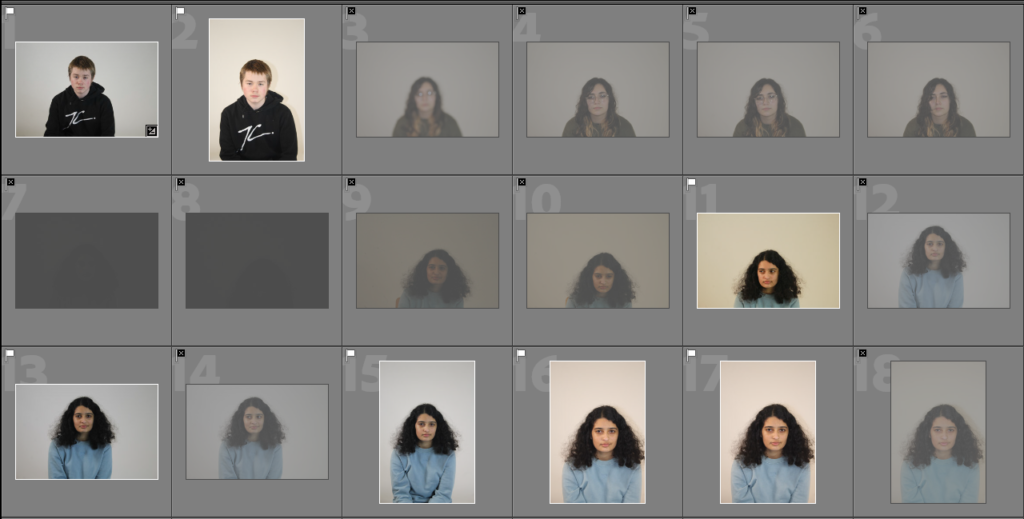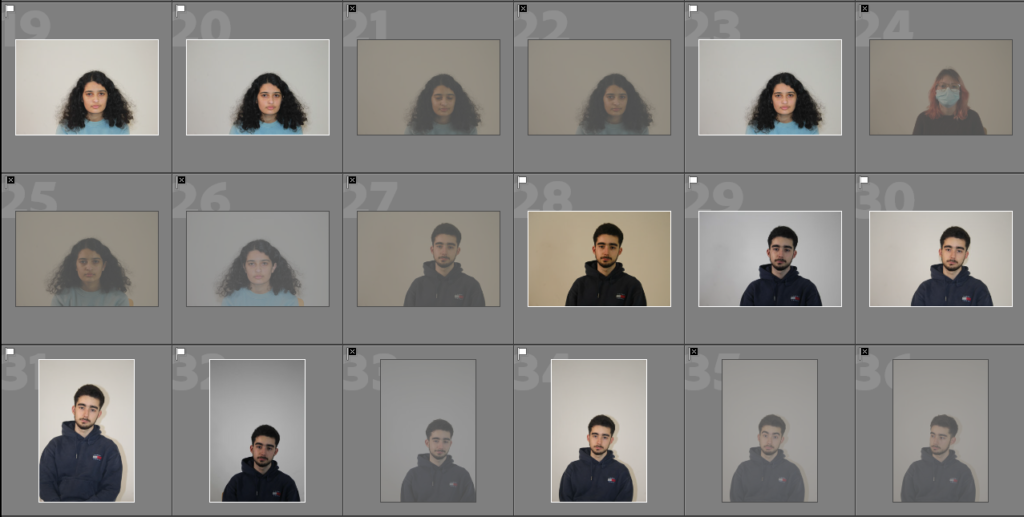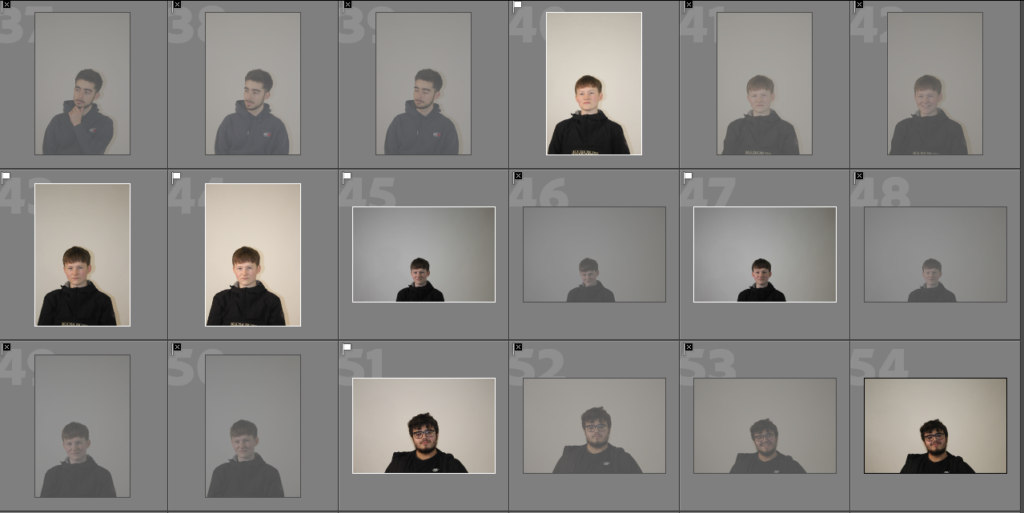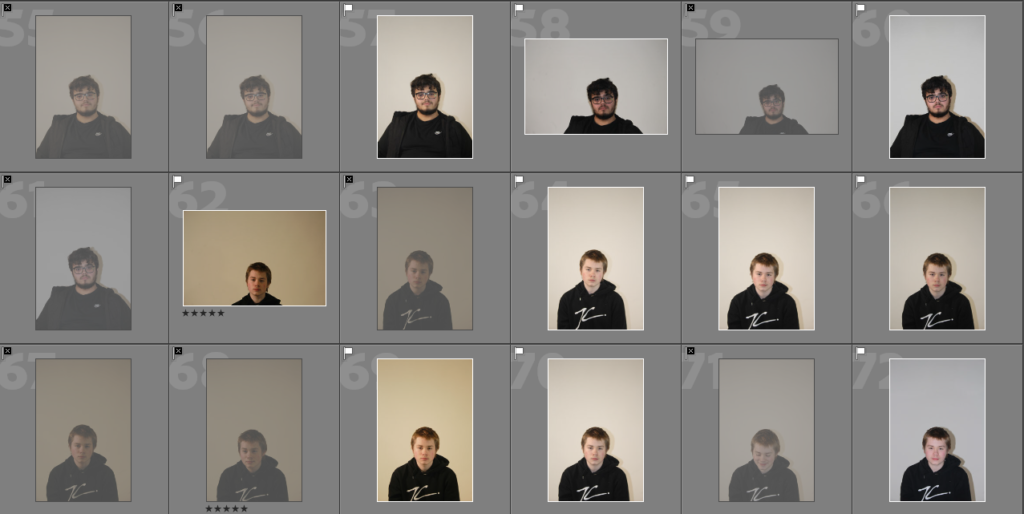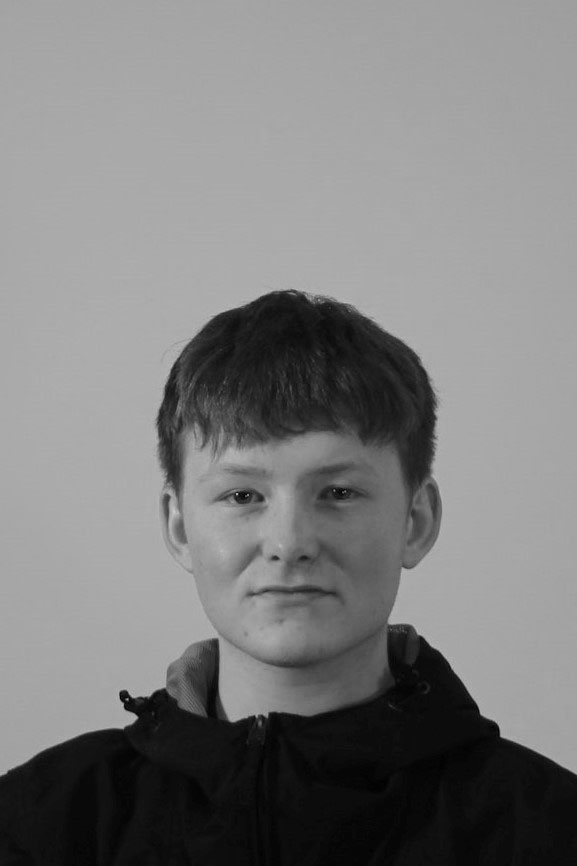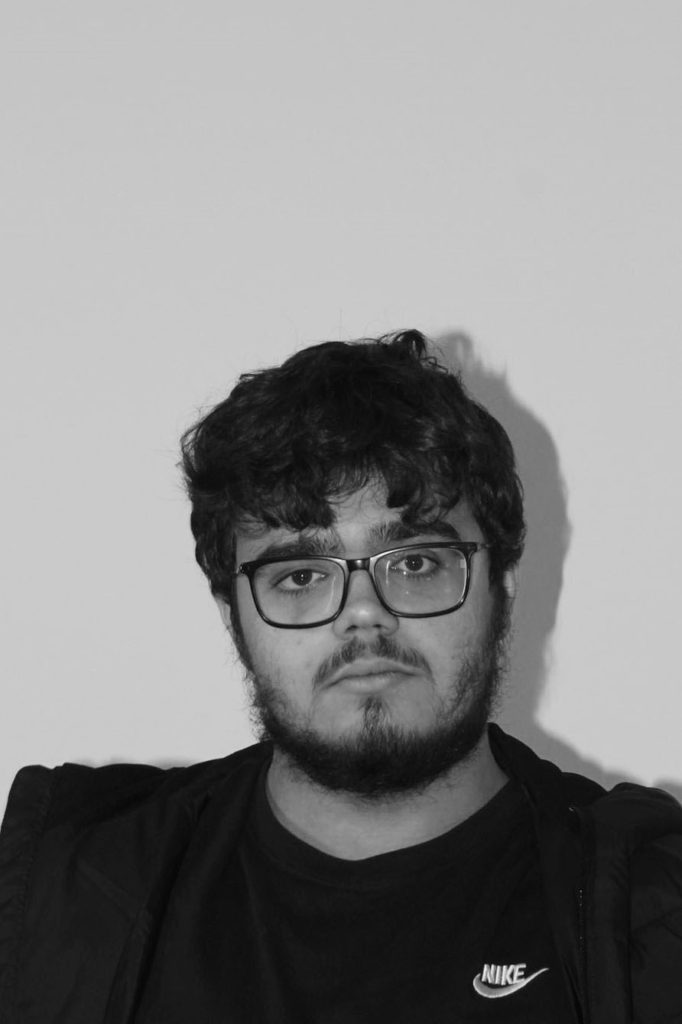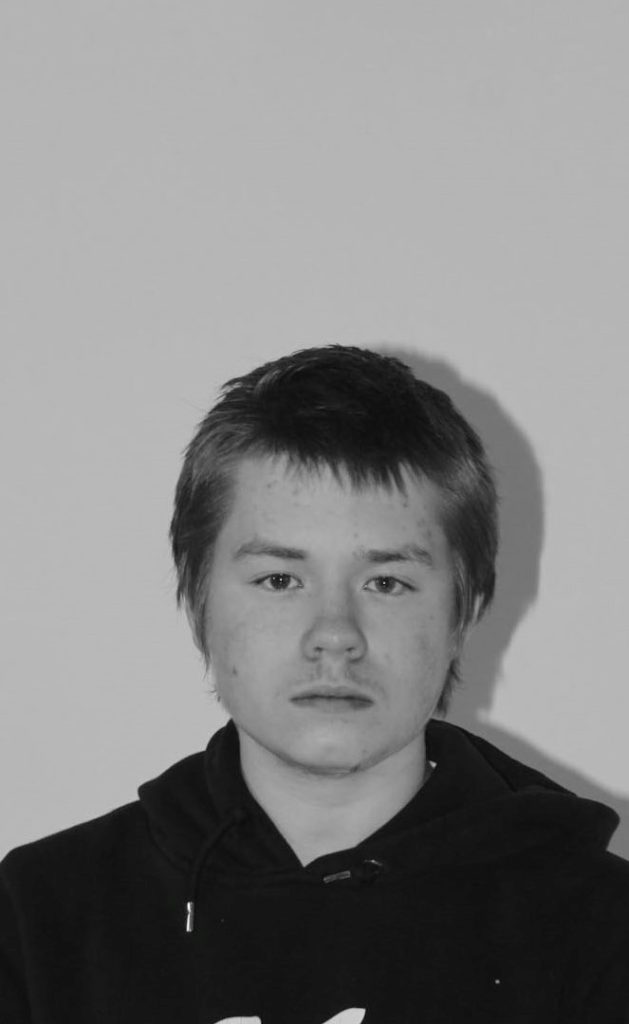
Bernd and Hilla Becher 

Thomas Ruff
The origins of the word “Deadpan” can be traced to 1927 when Vanity Fair Magazine compounded the words dead and pan, a slang word for a face, and used it as a noun. In 1928 the New York Times used it as adjective to describe the work of Buster Keaton.
This style originated in Germany and is descended from Neue Sachlichkeit (New Objectivity) a German art movement of the 1920s that influenced the photographer August Sander who systematically documented the people of the Weimar Republic .
In the 1970s, Bernd and Hilla Becher, known for their devotion to the principles of New Objectivity, began to influence a new generation of German artists at the Dusseldorf School of Photography. These young German photographers included Thomas Struth, Andreas Gursky, Candida Hofer and Thomas Ruff. The Bechers are best remembered for their studies of the industrial landscape, where they systematically photographed large structures such as water towers, coal bunkers or pit heads to document a soon-to-disappear landscape in a formalistic manner as much akin to industrial archaeology as art. The Bechers’ set of “rules” included clean, black and white pictures taken in a flat grey light with straight-on compositions that perfectly lent themselves to their presentation methodology of large prints containing a montage of nine or more similar objects to allow the study of types (typology) in the style of an entomologist.
Contact Sheets
During this photoshoot I aimed for getting deadpan photographs by taking passport like images. I tried keeping the lighting as consistent as possible in order for the images to look the same.
My Edits

